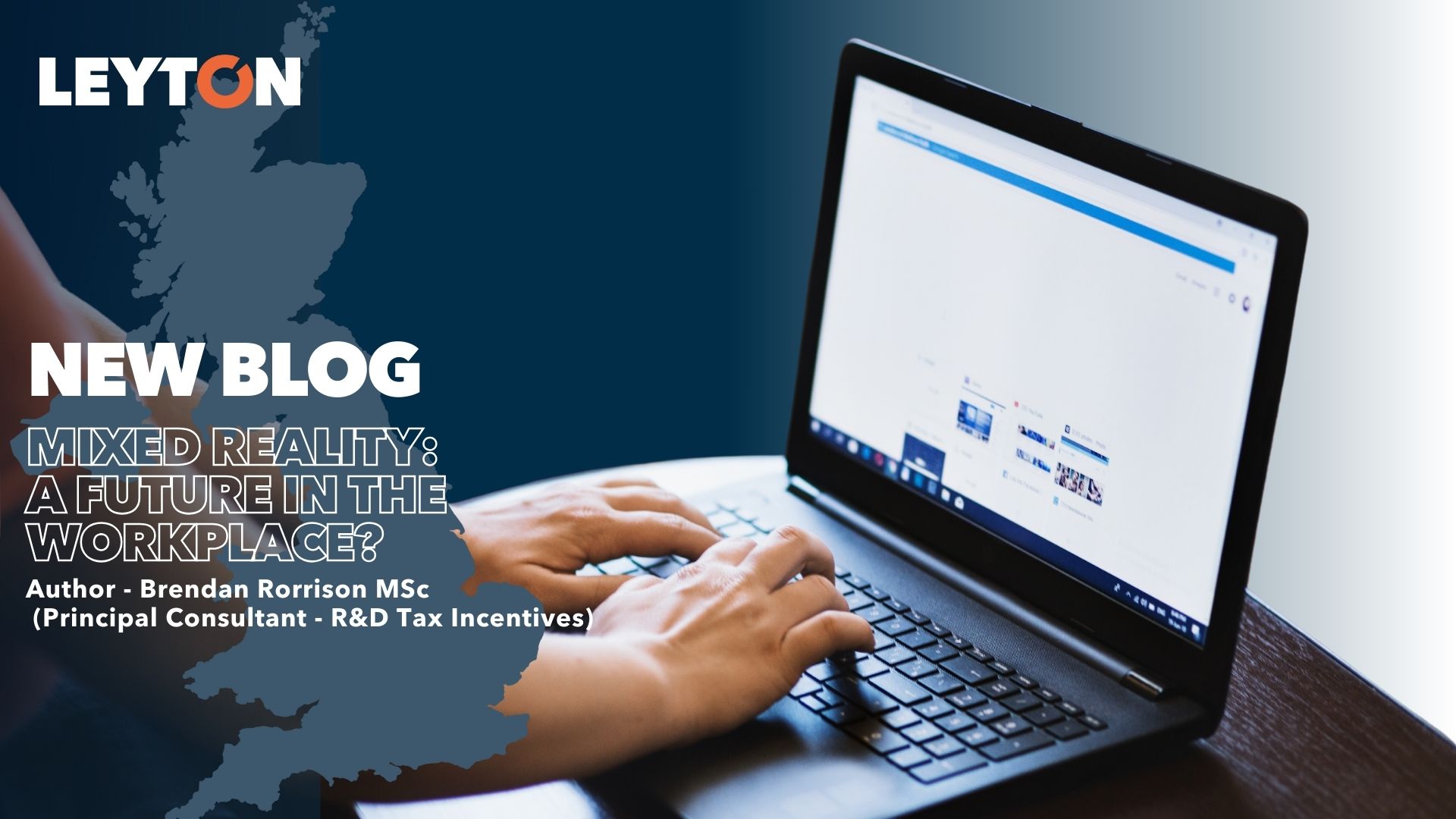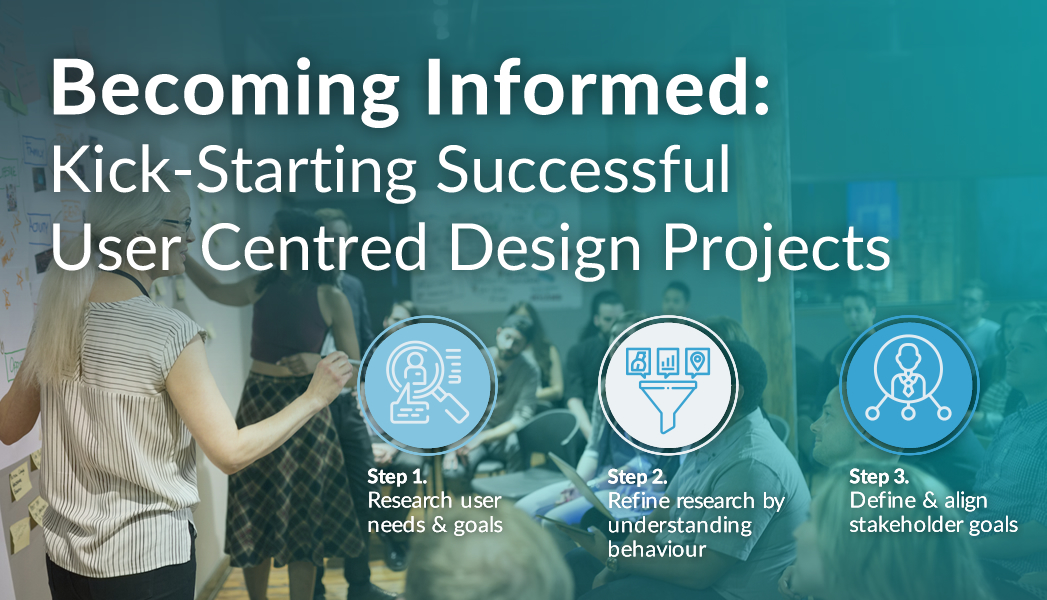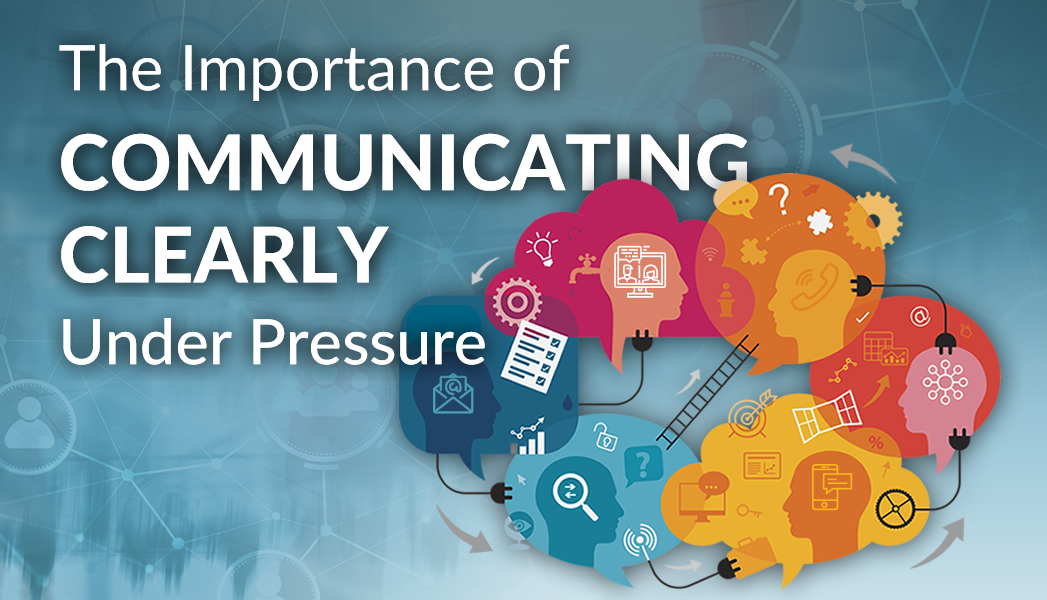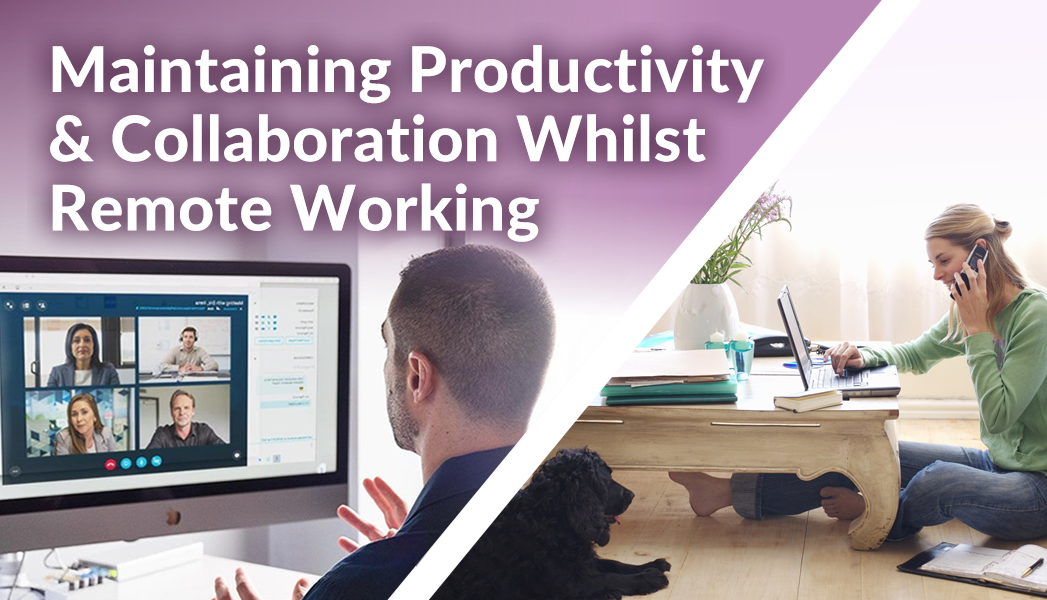
For the past decade, it has felt like Virtual Reality has been touted to be the next big thing that will revolutionise the way we do things in the workplace. In part due to the COVID-19 pandemic and optimism that a technological revolution is on the horizon; big tech has been investing substantial funding into ideas such as the ‘Metaverse’ – a virtual liveable world where we will buy land, hold meetings, socialise, and engage with wider communities from the confines of a headset. Spearheaded by Mark Zuckerberg’s Meta and a weighty $36 Billion investment in 2022, all signs pointed towards a push towards a fully virtualised future, with Microsoft also taking the bait with its addition of virtual boardrooms and meeting rooms to teleconferencing tool Microsoft Teams.
However, interest has dramatically cooled in recent times – and Zuckerberg’s impressive-at-the-time investment has quickly faded into a major faux-pa to the tune of a $46.5 billion loss on the Metaverse alone, a bill Meta will be forced to foot as a Metaverse-driven future looks less-and-less likely. The fact is, the general public and working sector just isn’t ready to make such a dramatic leap; and much like attempts at VR before have failed, a recent uptick in popularity seems to be more suited to leisure than a tangible change to the way we live our lives. However, the next big thing for changing how we work and interact with others might be a little closer to what we think and still be tangibly related to what the Metaverse aimed (or still aims, eventually) to bring.
Mixed Reality opts to blend the tangible world with the intangible, by impressively layering content from the digital realm into real world environments – utilising bleeding-edge outward facing camera technology to blend what we see in a computer with that in front of us. Like a Heads Up Display (HUD) that follows your every move, Mixed Reality hardware will aim to provide the benefits of readily accessible computing without taking the user out of the true environment being used. The use cases for mixed reality are far more tangible than that of VR or the Metaverse, for example, consider the possibility of sitting in a meeting room with an international employee who doesn’t speak the same language as you; real-time translations could appear in holographic form in front of your eyes without having to look down at a dedicated piece of hardware or with the use of a human translator which can break up conversation. The aim of Mixed Reality is to introduce a level of seamless functionality, data and content access that requires little dedicated device use or extracting the user from the real-world environment.
Although Mixed Reality has been a concept for a quite some time, the past year has seen an upturn in consumer-level access – most notably in the form of Apple’s Vision Pro, which has modelled itself primarily as a device for pass-through content access as opposed to a standard VR headset. The Meta Quest 3 iterates heavily on the Meta Quest 2 by offering Mixed Reality as a core feature, which has greatly increased the price, but provides a Mixed Reality experience to those not willing to part with the substantial cash needed to purchase an Apple Vision Pro. The compromise made for Mixed Reality-suitable devices in order to provide a variety of price-points will be through the quality of the camera themselves, if recent trends prove true. Although 4K quality will be the ultimate goal, the likelihood of reaching such a level of fidelity in the mass market is slim. Despite this, the introduction of Mixed Reality could impact a mass variety of sectors in the immediate future. According to DXC Technology, the expectancy is that healthcare and manufacturing will be amongst the leading sectors with construction, education, and engineering not too far behind. One thing is for sure, if any headset-led technology is likely to impact the workplace – it appears Mixed Reality has emerged from the blue as the more likely compared to that of the Metaverse.








